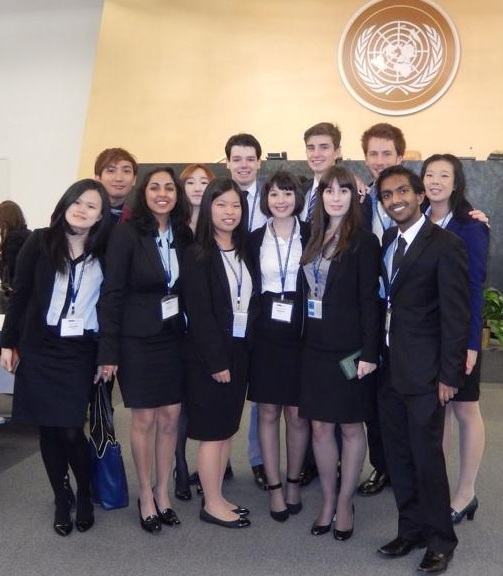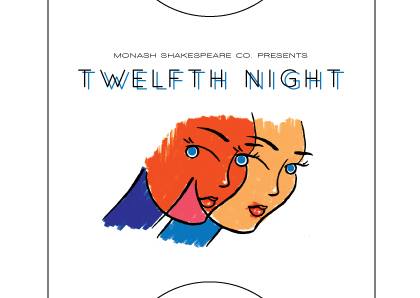It may seem an ambitious idea to perform two of Ibsen best-known works simultaneously, and it is. But, in Nora and Hedda the challenge is not only met, but produces a beautifully moving piece of theatre.
Being by no stretch of the imagination an Ibsen aficionado (I think I had heard his name mentioned in Year Twelve) I went to the performance armed with nothing more than the information MUST posters had given me. What I was met with was a superbly constructed show that had worked together two of the great pieces of modern theatre. Set in the 19th century, but still able to speak and be relevant to a very contemporary audience.
Nora and Hedda interlaces Isben’s two plays, A Doll’s House and Hedda Gabler. Doll’s House follows the kind and seemly naïve Nora Hemla (played exquisitely by Nicola Grear) as she becomes increasingly disillusioned with her marriage and the life she appeared to be living starts to fall apart. Hedda Gabler, however, presents Hedda Tesman, the droll, manipulative yet longing newlywed of a scholar (wonderfully delivered by Sophie Jevons) who has been sucked into the monotony of married life. When put together the two plays seem curiously different. Each man and wife seems the opposite to their inter text counterpart; the title characters are opposite in temperament while Nora’s husband (Joseph Green) seems quietly affectionate and authoritative where Hedda’s (Oliver Bailey) seems only too eager to please. However, as the show continues, the differences begin to melt away and the similarities emerge. Both these women are forced to confront a pasts unbeknownst to their husbands, encased in marriages they do not fit and, despite their respective strengths, are at the mercy of a male dominated world.
And it is these similarities that are highlighted and brings the two plays together to form one fluid piece. But, it is not only the natural congruence of these plays that allow this production to work, but the beautiful way in which they have been stitched together. The plays swap and meet each other at points that are neither stilted nor awkward but bring out the complexity and tension In one another. As the plot thickens and similarities between the two women come to the surface, the plays start to bleed into one another. Actors from one play stay on stage while two from the other continue their scene. These women are literally able to follow in each other’s footsteps and their respective stories just seem to fit together perfectly. Genuine praise (and personal admiration) needs to be given to director Yvone Virsik for her utterly assured handling of these works and her quite brilliant execution in putting them together.
The aesthetic of the show also cannot go unmentioned. Seats line all four walls of the MUST space with minimal but well used set pieces creating the interior setting for the entire show. Performing the show in the round provides a sense of intimacy with the actors and the characters that can only occur by being surrounded by an audience that is a maximum of two seats away and only adds power and poignancy when seeing the most intimate moments of these character’s lives.
But, as it is in any show, especially one so driven by its characters, this piece would be nothing without its actors. Having not been at Monash at for long, I didn’t know what to expect from the cast. However, it is an incredibly high calibre of talent that creates this show. Grear and Jevons work together beautifully to complement each other’s performances, bringing out the subtleties in their characters and showing how similar the two protagonists really are. The cast, in its entirety also deserve congratulations on each of their portrayals. Each character is drawn in a way that resists simplicity and gives a sense of authenticity to the entire show. While either adoring or complicating the lives of Nora and Hedda, each character is given human depth and complexity that halts any quick judgement and truly communicates the naturalism of the show.
This show is enthralling. It is emotional, restrained and evocative. Although it is long (running for two hours, thirty minutes), it is never dull or lifeless. As long as the lights are up, so is the questioning tension that surrounds the character’s lives.


